You might hear body copy and think, well yeah, it's a paragraph. But in UX writing, a body copy is a bit different.
Body copy is context that supports a headline. It’s in the form of a sentence or a paragraph.
Here’s an example of body copy:
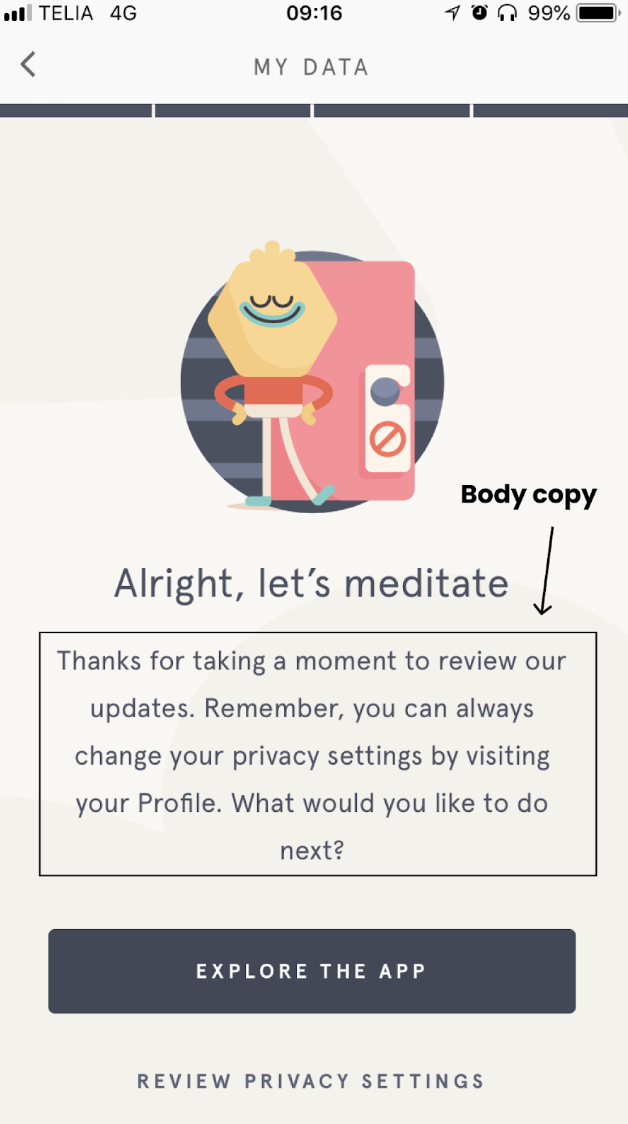
The body copy adds extra context to the headline, so the experience feels more like a conversation. Body copy is there to support, and the screen should still make sense without the body copy.
Take that same screen without body copy:
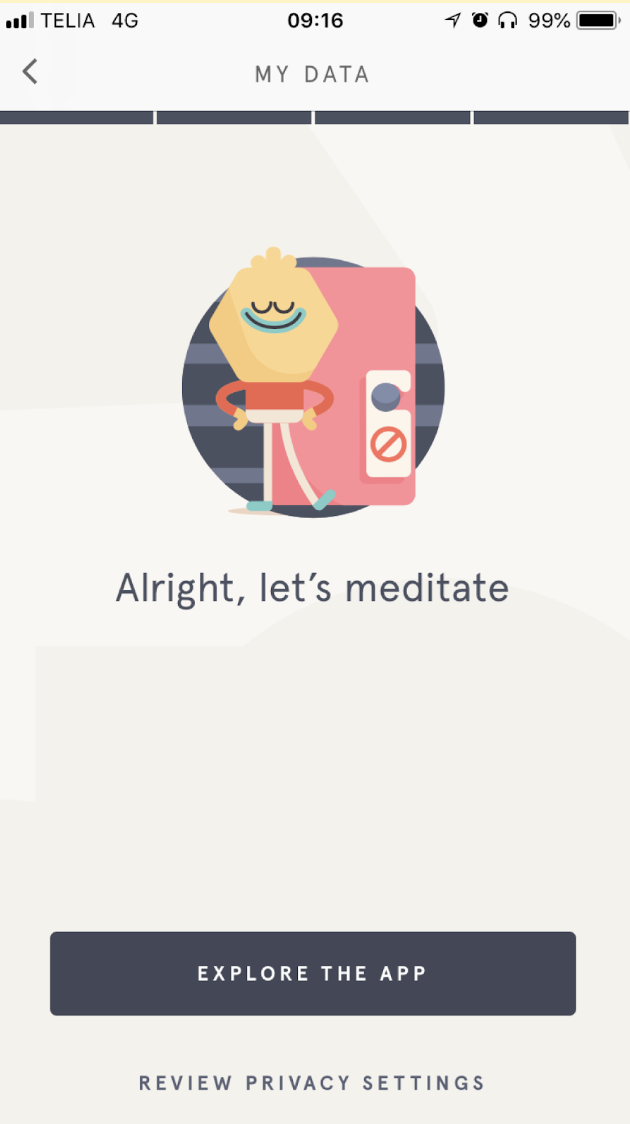
This screen still makes sense without the body copy, and you’d know how to continue.
Body copy can be used to:
- Add context as to why something is required
- Add context as to the value someone gets from completing the action
- Disclose any constraints or limitation to completing the action
- Support the headline in any way it needs support
Body copy is always optional, and it’s a great tool to whip out when it makes sense.
But, sometimes body copy comes without a header, like this:

In this case, it’s on the shoulders of the body copy to communicate the desired goal and value from completing the goal as concisely and usefully as possible.
Why does body copy matter?
Body copy is important because it takes the weight off the headline communicating absolutely everything. Because you can add supporting context in the body copy, it lets you write more succinct, impactful headlines.
It’s like an onion (I’m never gonna stop talking about onions 🧅) — the headline is the first layer. If you enjoyed that layer, and you’re left wanting more, you go to the second layer, the body copy, to keep the party going.
What makes effective body copy?
Effective body copy:
- Helps the user make a decision
- Gives the user peace of mind
- Doesn’t repeat the headline
Let me explain…
Effective body copy helps the user make a decision
Effective body copy helps the user make a decision. This can be by:
- Explaining additional relevant context
- Answering any lingering questions
- Explaining how the product or feature works
Take this body copy from FullStory:
FullStory, now Highlight, wrote effective body copy that shares why they’re asking for info. Offering the right context is part of what makes effective body copy, and they do a great job of easing open questions and friction about the reasoning behind the question.
Effective body copy gives the user peace of mind
By adding more context to the headline, body copy offers users peace of mind.
For example, by saying “you won’t be charged now,” the user can proceed with peace of mind that they’re not committing to $250/mo just yet, like this:
Or take Canva:
By saying you can change the team details at any time, it takes the pressure off the decision. It helps you move quickly without pausing and thinking, “ugh… what do I do?” Without the body copy, you might get stuck.
Effective body copy doesn’t repeat the headline
Body copy exists to support the headline. If it repeats the headline, it’s a purposeless waste of space that only makes the cognitive load heavier.
Here’s an example of where the body copy repeats the headline:
The body copy adds no additional value in this example from ClickUp and only clutters the screen.
Here’s one way the body copy could actually be helpful:
By sharing the constraints around earning $10, the user gets better expectations as to what’s required of them. And that’s purposeful body copy.
Good examples of body copy
Retirable
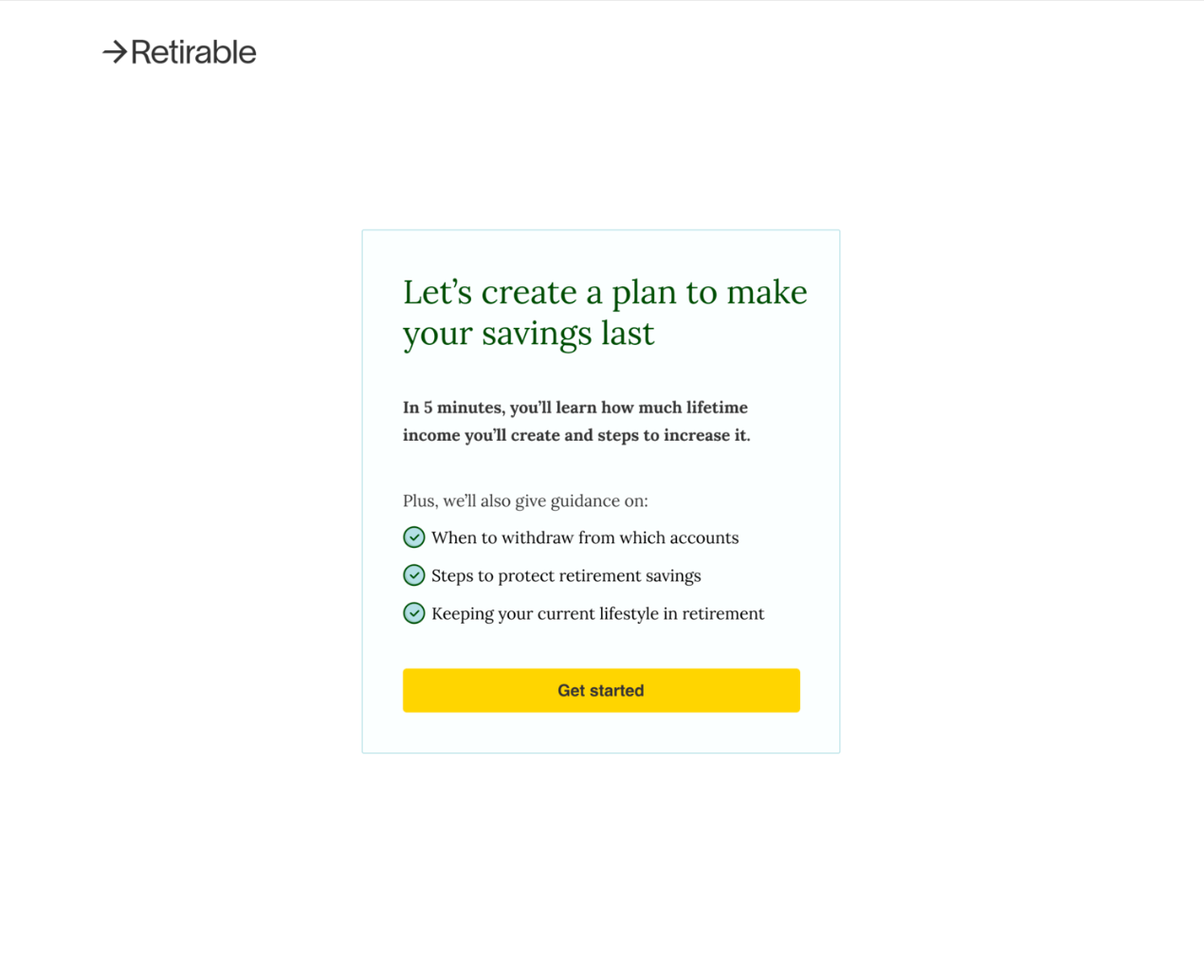
Retirable is a retirement planning tool to help Baby Boomers set up for retirement. The body copy here is effective because it tells you exactly what to expect, so you know if going through the flow is worth it. It’s as specific as can be, so your expectations are crystal clear.
Fitbit
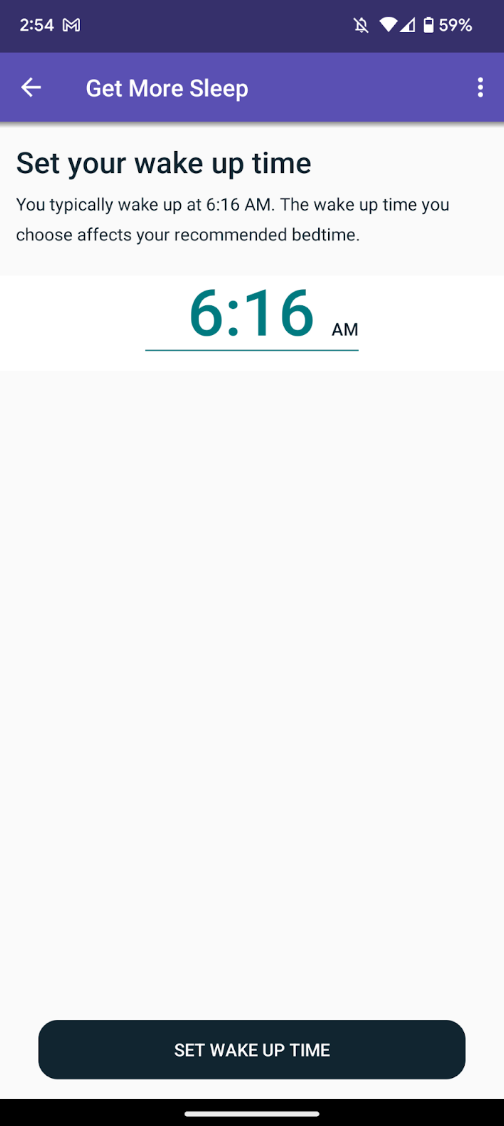
This body copy is pulled from Fitbit’s program “Get More Sleep.” The body copy works well because, by saying you already wake up at 6:16 AM, it helps make picking a wake-up time easy. Also, by sharing your wake-up time affects your bedtime, it shares everything you need to know to make the decision. Without the body copy, it’d be hard to know what wake-up time to choose.
Slack
Slack’s body copy here excels because it supports the headline in a heavy-lifting way. Without the body copy, you wouldn’t know where the headline takes you. By offering more context, the body copy makes decisions easy and offers peace of mind, all while not repeating the headline.
Netflix

Netflix’s body copy here is successful because it gives you a sense of progress. By sharing there are only two more steps left, the body copy gives you the peace of mind that you’re almost done, which helps refresh your excitement, too.
Bad examples of body copy
Typeform
This example from Typeform isn’t so terrible, but it does one thing very wrong — the body copy is dead weight. It doesn’t communicate anything the header doesn’t already get across, making it purposeless. If body copy isn’t gonna add additional, helpful context, don’t put it in. It only grows the cognitive load and makes experiences less usable.
Cuepath
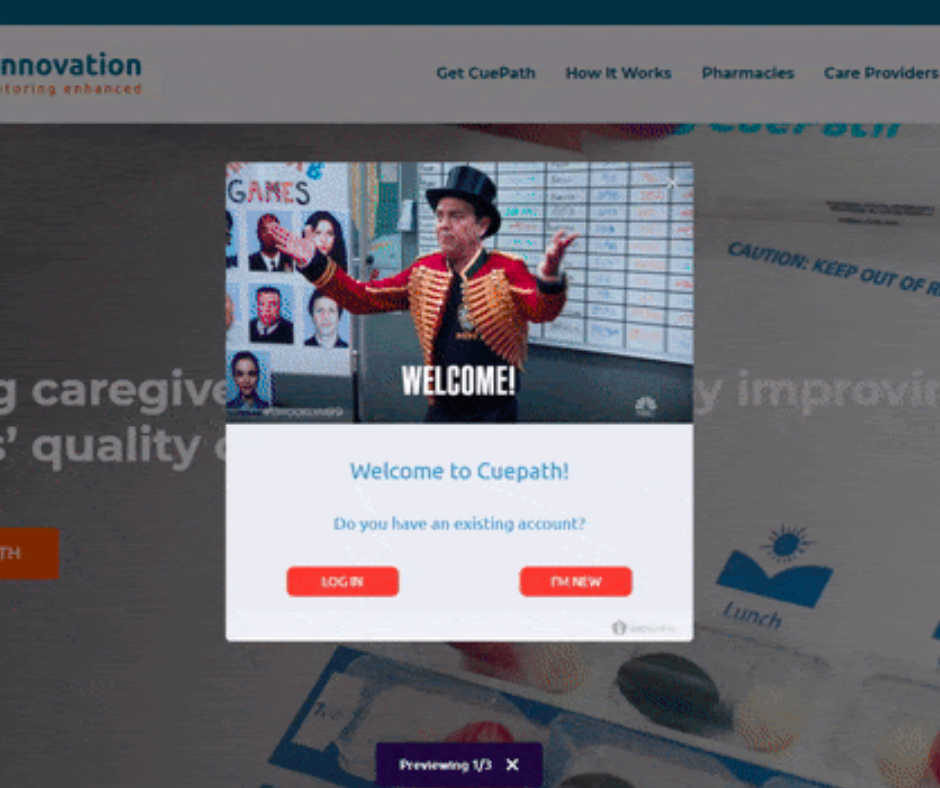
Cuepath’s body copy here is poor because it’s too heavy-lifting. You need it for the pop-up to make sense. Instead, the headline serves no heavy-lifting purpose. To make this more successful, put the body copy in the headline, and get rid of the existing headline.
Happy UX writing 🖖





